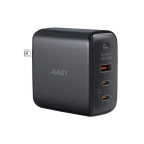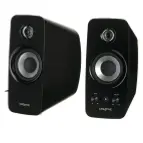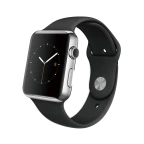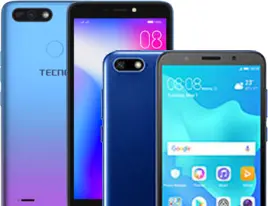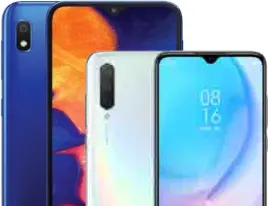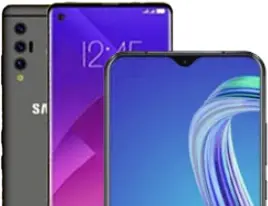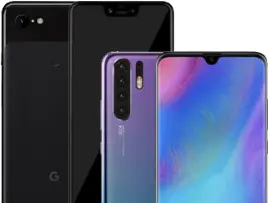Early in 2015, Samsung launched two new Galaxy series, side by side, namely the A and E series. While the A series targeted more premium users, the E series was more mid-range market. The Galaxy J7 was released in mid-2015, for the same market as the E series and most of the reviewers have dubbed it as an E7 Plus of sorts since it takes the same design and build but offers somewhat better specifications in a lower pricing region.
The Galaxy J7 takes on its predecessors in terms of design and build with a slight difference in weight and size. It’s a bit heavier and slightly thicker but that should make up for some of the improvements in the hardware department. It has the same 5.5” Super AMOLED display at 720p resolution and the same protection in the Corning Gorilla Glass 4. Both phones offer the dual SIM option.
The J7 comes with Android v5.1 out of the box, and is powered by the new 64-bit Snapdragon 615 chipset. Although it has a 1.5 GB of RAM compared to the 2 GB on the E7, it has double quad-core Cortex-A53 to make it better in performance than its predecessor. It is also powered by the newer Adreno 405 graphics processing unit that is proven to be well enough to run almost all the applications and games smoothly. Similar to its predecessor, it has internal storage of 16 GB but is expandable up to 128 GB which is double of the expansion limit on the E7.
While there is not much of a difference in the front cameras of both devices, the rear-camera is another story. The rear-camera on the J7 has a wider aperture which makes it a much better camera even in low-light conditions. In terms of video recording, however, the J7 still doesn’t offer a slow-motion video feature as both the devices record video at 1080p.
The J7, although only provides 50 mAh more than the E7 in battery power, it does provide the option to swap batteries as the battery on the J7 is removable. This is probably the reason for the very slight thickness of the J7 over its predecessor.







